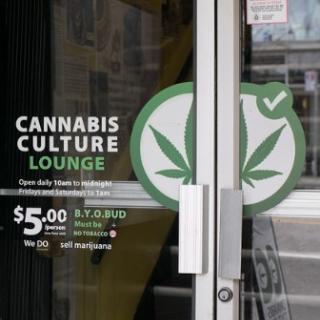Advertisement
Synopsis by Greg Pace (Treasurer of Columbus Community Rights Coalition)
Columbus Community Rights Coalition (CCRC), an Ohio-based 501(c)(3) organization, has published a white paper meant to inform resident stakeholders of risks to the water associated with oil & gas (O&G) production activities occurring within their watershed region of Columbus, Ohio.
The paper offers some history of oil & gas operations in Ohio over the past century and highlights how hundreds of thousands of undocumented wells are believed to exist. Most are orphaned or abandoned, which leads to risks of contamination over time when they are not properly plugged. The shorter history of Class II saltwater injection wells (SWIWs) used for oil & gas “brine” disposal has its own set of problems associated with incidents of water and wetland contamination in Ohio, and with how they are regulated by the state. This is of concern for Central Ohio residents who rely on public water as there are many legacy injection wells in their Source Water Protection Area (SWPA).
It has been known that oil & gas waste “brines” are laden with highly toxic content levels of salts, chemicals, and heavy metals. What is new is that testing for radionuclides in oil & gas production waste in Ohio has been presented by Ohio Department of Natural Resources Oil and Gas Division (ODNR DOGR) for the first time. The testing data shows that the amounts of stealthily toxic radium in these wastes are at levels multitudes higher than previously presented to the public, legal environmental discharge limits, and allowable drinking water standards created by the Environmental Protection Agency.
The paper cautions that the Columbus Water Department, although highly diligent in its protections to keep water safe, should take another look at how it assesses the water contamination risk specifically associated with the oil & gas production and injection wells in the watershed. The paper outlines ways to increase vigilance for this specific type of contamination, such as:
- Include the Columbus water source region in Ohio’s emergency notification system for toxic releases.
- Water source monitoring more specific to warning of contamination from oil & gas production within the watershed.
- Mapping a network of the threats from O&G production within the watershed, including O&G wells, pipelines, brine tanker truck routes, and areas where O&G “brines” are spread on surfaces for dust and ice control.
- Maintaining a database of contamination events and infrastructure problems from O&G production that affect the watershed, along with a protocol for remediation of risks resulting from these events.
- Insist that the State of Ohio use all resources available to plug abandoned O&G wells that are potential conduits to contaminate source water.
- Establish ongoing conversations between local authorities and stakeholders who use the Columbus water system, on mitigating new and ongoing risks to our water;
A relatively new issue since 2017 is that Ohio state legislators have repeatedly attempted to deregulate liquid oil & gas production wastes “brines” to the extent that they can be commoditized: bottled and sold in stores to the general public as home de-icers. Residents could then purchase these products and unknowingly contaminate their homes with radionuclides that will never go away and will always be present to work their way into their families’ bodies to potentially causing cancers and unleashing other health concerns.
This initiative by industry has been ongoing, facilitated by our state legislators, and has occurred even as new data from their very own regulators indicates dangerously elevated levels of radionuclides in samples of the finished products waiting to be sold. This initiative to deregulate oil & gas wastes comes at the same time that resident groups in Ohio are attempting to ban the spreading of these toxins on road surfaces. It indicates how crucial it is that the public now understands risk levels that we can mitigate, if we demand that our state legislators and local authorities take measures, to ensure that pathways of ingestion that allow highly toxic substances from oil & gas production to be potentially ingested, are not enhanced.
Columbus Community Rights Coalition and their associated organization, Columbus Community Bill of Rights, have always felt strongly that an informed public is required for a sustainable balance to be created and maintained between business/industry stakeholders and general public stakeholders who need for our water resources to remain safe. This is of high importance now, when considering the oil & gas production industry manages these activities, especially disposal of wastes which we now understand are highly-toxic, and the state lawmakers’ ongoing determination to deregulate and escalate the oil and gas industry in the State of Ohio. We hope that inhabitants of Central Ohio will understand that oil & gas production activities do not only affect residents in the eastern parts of Ohio, where attention has been focused on the fracking issue over the past decade, but that it affects them as well.
This white paper is available on the Columbus Community Bill of Rights/Columbus Community Rights Coalition’s website at www.columbusbillofrights.org.



